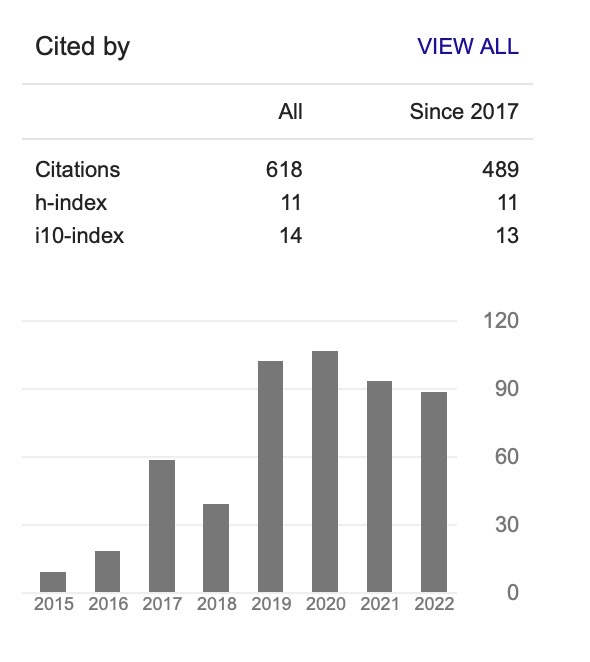Chemical Profiling of Selected Explosives using High Performance Liquid Chromatography and Ion Chromatography
Keywords:
explosive, high performance liquid chromatography, ion chromatography, post-blast residues, cotton swabbing techniquesAbstract
Liquid chromatographic techniques have frequently been used for the analysis of explosives. In this study, high performance liquid chromatography with UV detection (HPLC-UV) was used for profiling of the organic components of explosive compound. Ion chromatography (IC) was used to analyze the inorganic components of explosive compound. Four samples of high explosive and three samples of low explosive were detonated in a sampling exercise performed in collaboration with Royal Malaysia Police. A tri-mixture of HPLC mobile phase system consisting of methanol: acetonitrile: water (50:10:40) was used in HPLC-UV separation and cotton swabbing technique was employed for sample extraction of post-blast explosive residues. Thirteen selected organic explosive compounds namely HMX, 4-nitrobenzonitrite, RDX, nitroglycerin, TNT, 2,6-DNT, 2,4-DNT, PETN, n-nitrosodiphenylamine, 4-nitrodiphenylamine, diphenylamine, 2-nitrodiphenylamine and ethyl centralite were successfully separated by using HPLC-UV within 60 minutes. For IC analysis, six cations (Li+ , Na+ , NH4 + , K+ , Ca2+ , Mg2+) and eight anions (F- , Cl- , NO2 - , ClO3 - , NO3 - , PO4 - , SO4 2-, ClO4 - ) were analyzed as possible inorganic ions that could be found in post-blast residues. Based on the study, every sample showed different chemical profile due to each type of explosive.







